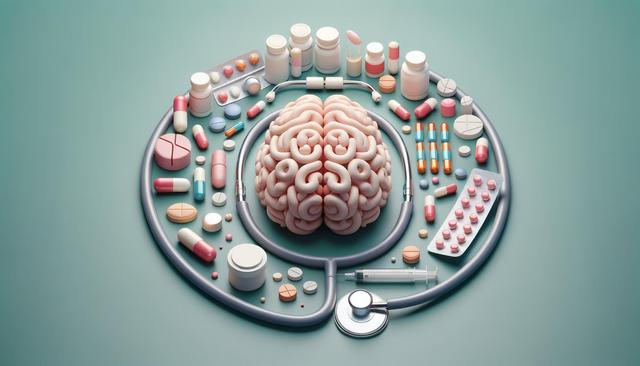Understanding the Impact of a Stroke
A stroke is a medical emergency that occurs when blood flow to part of the brain is interrupted, leading to brain cell damage. The effects of a stroke can vary widely, depending on the area of the brain affected and the severity of the incident. Common consequences include difficulty with movement, speech, memory, and emotional regulation. Because of its profound impact on everyday functioning, stroke therapy is a critical aspect of recovery for individuals who have experienced a stroke. Early intervention and a well-structured rehabilitation plan can significantly improve outcomes and support individuals in regaining independence.
Types of Stroke Therapy Approaches
There are several forms of therapy designed to address the varied challenges stroke survivors may face. Each therapy type targets specific areas of recovery and can be tailored to the individual’s unique needs. Among the most commonly used therapies are:
- Physical therapy – focuses on improving mobility, strength, and coordination
- Occupational therapy – helps individuals relearn daily tasks such as eating, dressing, and bathing
- Speech and language therapy – assists with communication difficulties and swallowing disorders
- Cognitive therapy – addresses memory, attention, and problem-solving challenges
These therapies are often combined into a comprehensive rehabilitation plan. As every stroke is different, personalized care ensures that therapy is both relevant and effective. Collaborative input from medical professionals, caregivers, and the patient is essential in shaping an adaptive recovery path. Stroke therapy is a critical aspect of recovery for individuals who have experienced a stroke, and a multidisciplinary approach can enhance the rehabilitation process.
Innovative Techniques and Technologies
In recent years, advancements in medical science have led to the development of innovative stroke therapy techniques. Technologies such as robotics, virtual reality, and brain-computer interfaces are increasingly used in rehabilitation settings. These tools aim to make therapy more engaging and effective, offering real-time feedback and measurable progress. Some innovations include:
- Robotic-assisted rehabilitation devices that help patients perform repetitive movements
- Virtual reality programs that simulate real-life tasks in a controlled environment
- Wearable sensors that track physical activity and muscle engagement
These technologies not only assist in physical recovery but also help maintain motivation and consistency throughout the therapy process. Stroke therapy is a critical aspect of recovery for individuals who have experienced a stroke, and utilizing modern tools can support more dynamic and personalized treatment plans.
The Role of Family and Caregivers
Caregivers and family members play a vital role in supporting stroke survivors. From providing emotional support to assisting with daily activities, their involvement can have a significant impact on the rehabilitation journey. Educating caregivers about the nature of stroke and the goals of therapy is essential. Support networks can contribute to a more positive recovery environment by:
- Encouraging participation in therapy activities
- Helping manage medication and appointments
- Providing motivation and emotional reassurance
Stroke therapy is a critical aspect of recovery for individuals who have experienced a stroke, and the presence of a dedicated support system can reinforce the benefits of clinical interventions. Additionally, caregiver support groups and counseling can help families cope with the emotional challenges that often accompany long-term care responsibilities.
Long-Term Recovery and Lifestyle Changes
Stroke recovery is often a long-term process that extends beyond initial rehabilitation. Making lifestyle adjustments and continuing with therapy, even in a less intensive format, can support ongoing improvement and reduce the risk of future strokes. Important lifestyle factors include:
- Maintaining a healthy diet and regular physical activity
- Managing conditions such as hypertension and diabetes
- Reducing stress and maintaining social connections
Continued outpatient therapy or at-home exercises can help maintain gains made during the initial stages of recovery. Stroke therapy is a critical aspect of recovery for individuals who have experienced a stroke, and staying engaged in the process over time is key to achieving the highest possible quality of life.
Conclusion
For stroke survivors and their families, understanding the full range of therapeutic options and the importance of ongoing support is essential. Stroke therapy is a critical aspect of recovery for individuals who have experienced a stroke, and a well-rounded approach that includes clinical care, innovative tools, and strong personal support can significantly enhance recovery outcomes. By staying informed and proactive, individuals can navigate the path to recovery with greater confidence and resilience.






